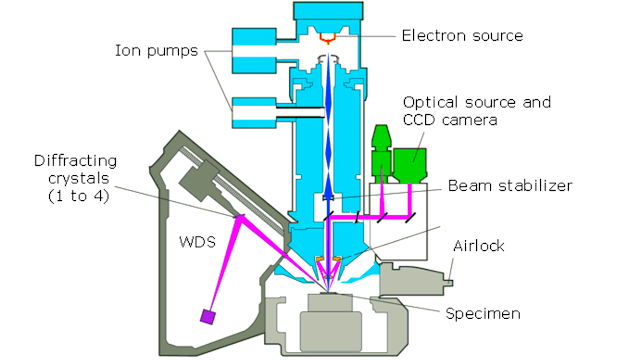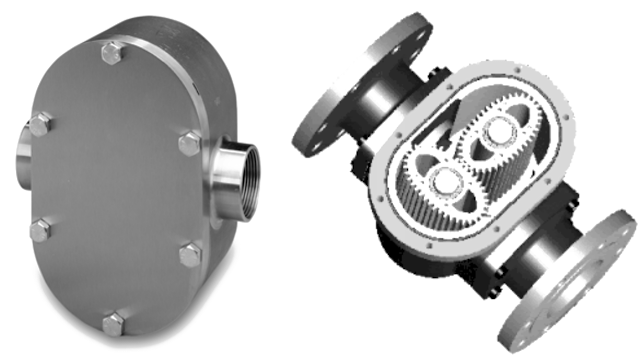Lexical analyzer
Lexical analyzer Programs that perform lexical analysis are called lexical analyzers or lexers. In computer science, lexical analysis, lexing or tokenization is the process of converting a sequence of characters (such as in a computer program or web page) into a sequence of tokens (strings with an assigned and thus identified meaning). A program that performs lexical analysis may be termed a lexer, tokenizer, or scanner, although scanner is also a term for the first stage of a lexer. A lexer is generally combined with a parser, which together analyze the syntax of programming languages, web pages, and so forth. Lexical analysis is the first phase of a compiler. It takes the modified source code from language preprocessors that are written in the form of sentences. The lexical analyzer breaks these syntaxes into a series of tokens, by removing any whitespace or comments in the source code. LEXICAL ANALYSIS is the very first phase in the compiler designing. A Lexer takes the modified s


